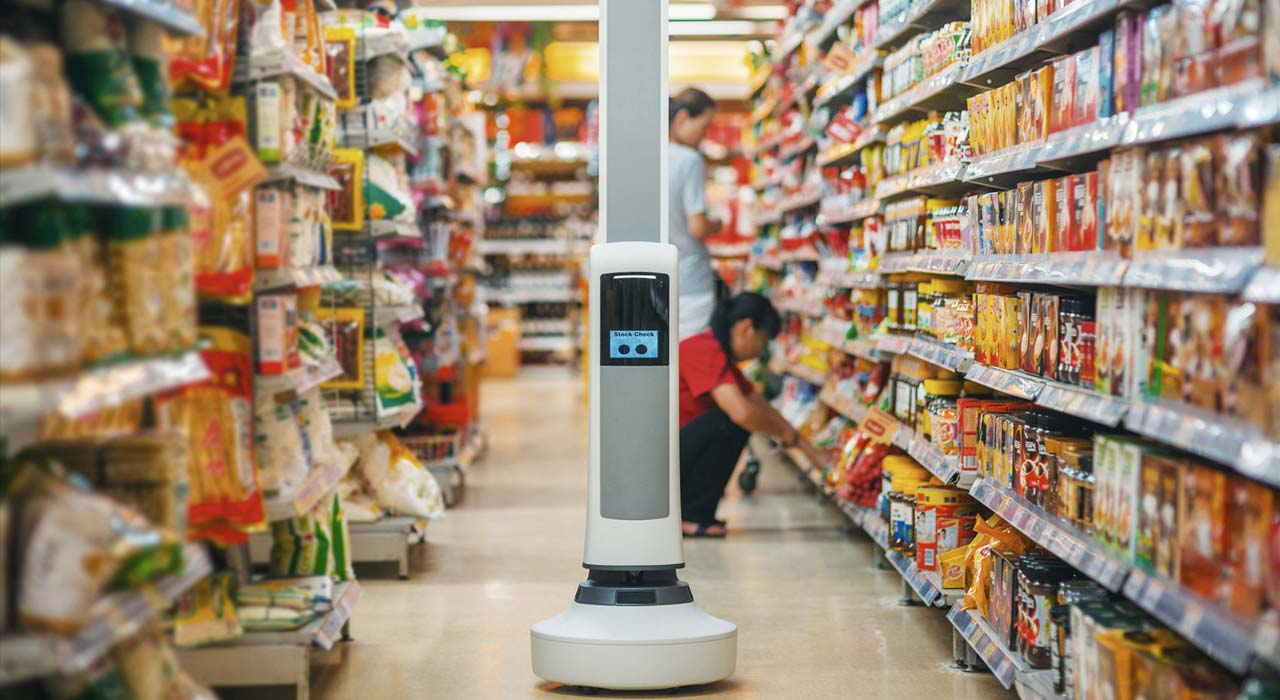
Contributed by ReposiTrak Senior Vice President, Customer Success, Derek Hannum
Retailers are making big bets on technology to identify out-of-stocks in stores, including store personnel-operated hand-held devices, and even robots to cruise the aisles looking for empty shelves. And who can blame the retailers; grocery out-of-stocks are estimated to cost $20 billion in lost sales in the US alone.
Unfortunately, these cool new gadgets are primarily focused on the symptom, not the disease.
As anyone knows who has been paying attention, out-of-stocks (OOS) are a decades old problem, and even the most sophisticated retailers struggle with keeping the right product on the shelf at the right time, particularly as SKU counts have exploded from an average of about 7,000 per store, to nearly 40,000 per store.
The problem is particularly pronounced in the high turn, high margin direct store delivery items (DSD), where stock-outs frustrate shoppers in stores, create annoying substitutions for online orders, and cost retailers and supplier billions.
On paper, having a robot that can observe a store shelf and compare it to a planogram to identify OOS items makes a lot of sense. But the empty shelf is actually the symptom and not the problem.
Think about what happens when a person or a robot finds an OOS and the product is not in the store. The ideal situation for the retailer is to have an alert email or some form of communication go to the supplier resulting in an expensive hotshot delivery of product to the store, to address the short-term shortage.
But what happens to address suppliers’ chronic out-of-stocks across an entire store network, which based on our nearly 20 years of experience working in this space is much more often the case?
Until the robot can actually call up the supplier and help them use POS data to generate more accurate forecasts and orders (which is what we do at ReposiTrak) then unfortunately the robots are going to stay pretty busy addressing the symptom as the problem persists.
Think of it another way. If you constantly had small fires breaking out everywhere, would you rather have a more expensive fire alarm, or might it make even more sense to invest in proven fire prevention technology?
At ReposiTrak, our Out-of-Stock Management solution has helped 72% of DSD suppliers reduce their OOS by more than 50% on average, across a wide range of product categories, in some of the industry’s best retailers. The key to successful OOS reduction is attacking the problem at the root cause.
Click here to learn more about our Out-of-Stock Management solutions or
Contact Us to schedule time to discuss further.

